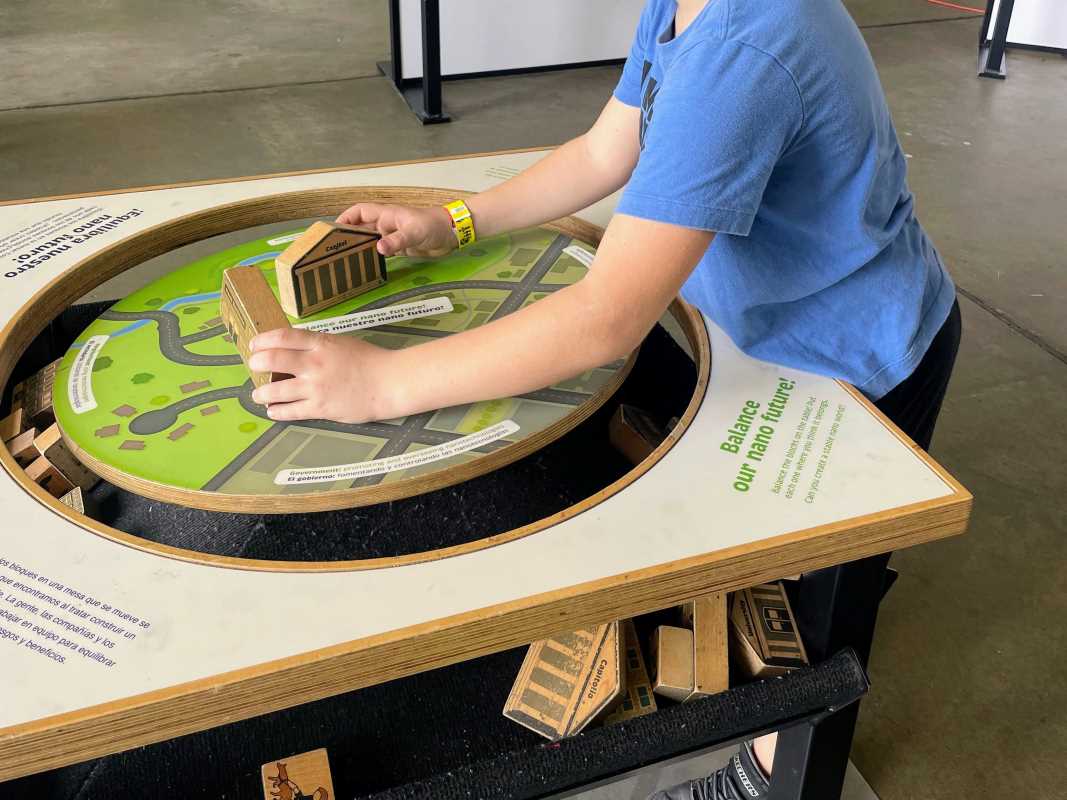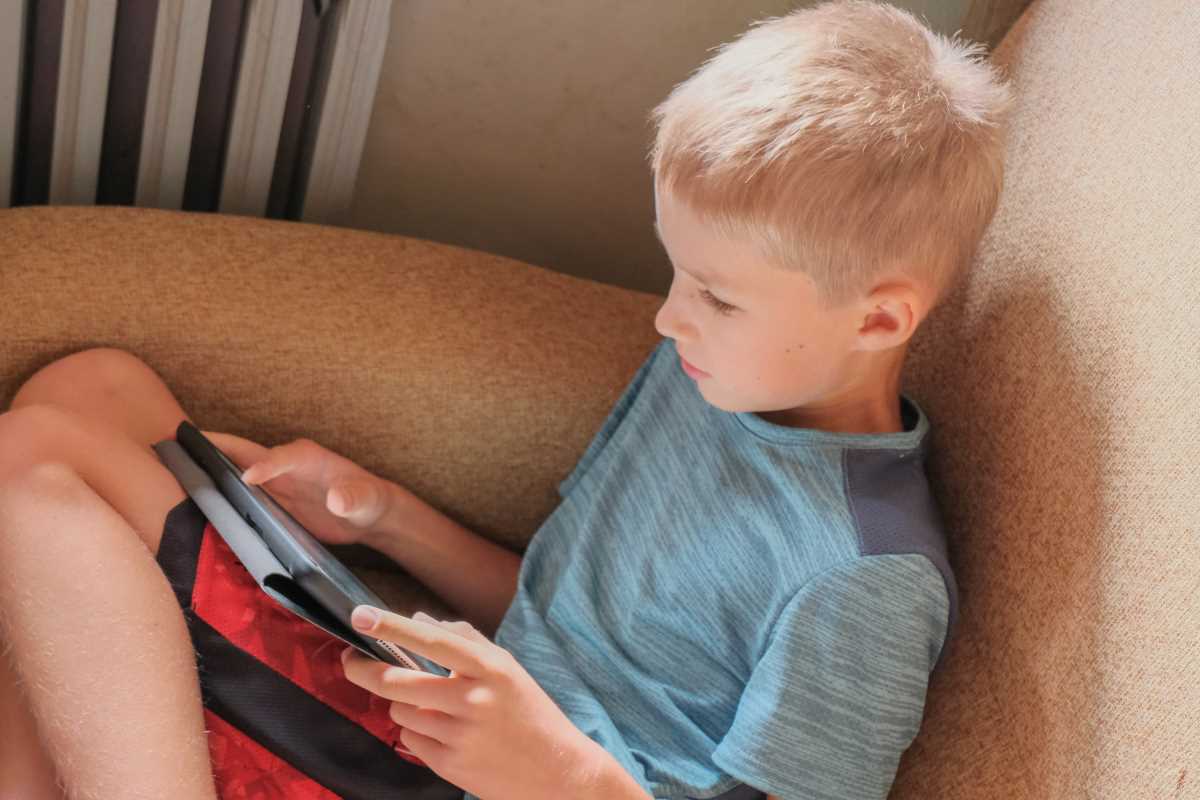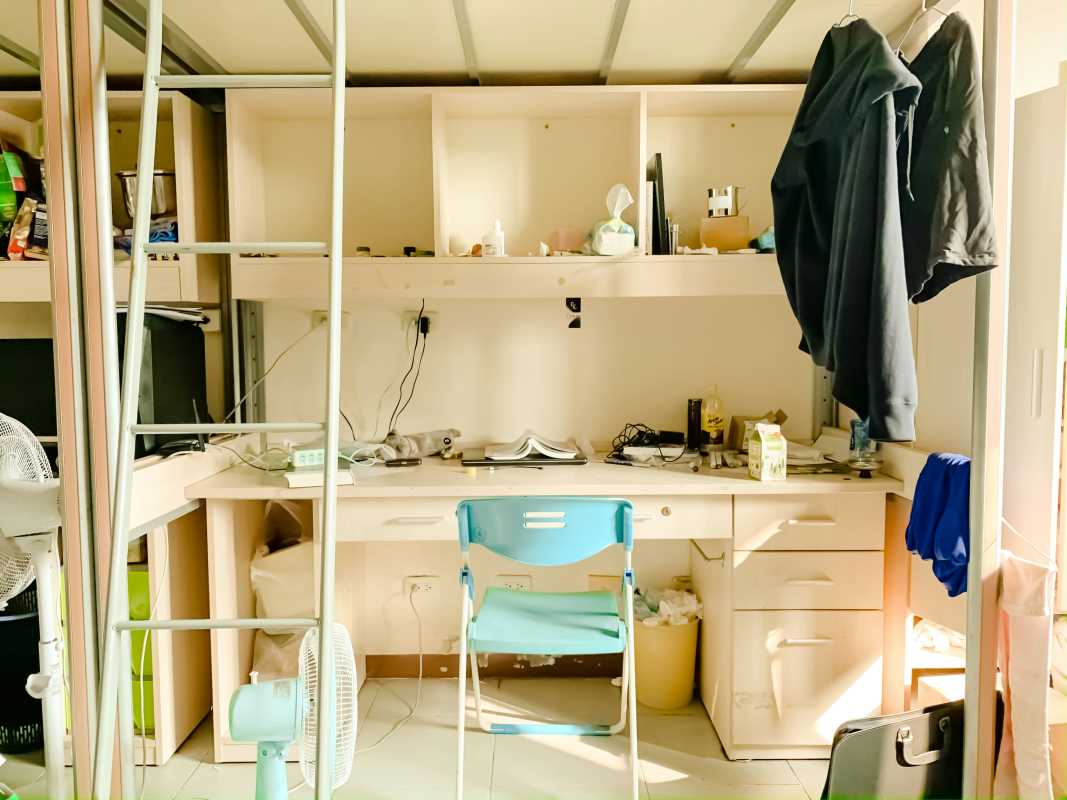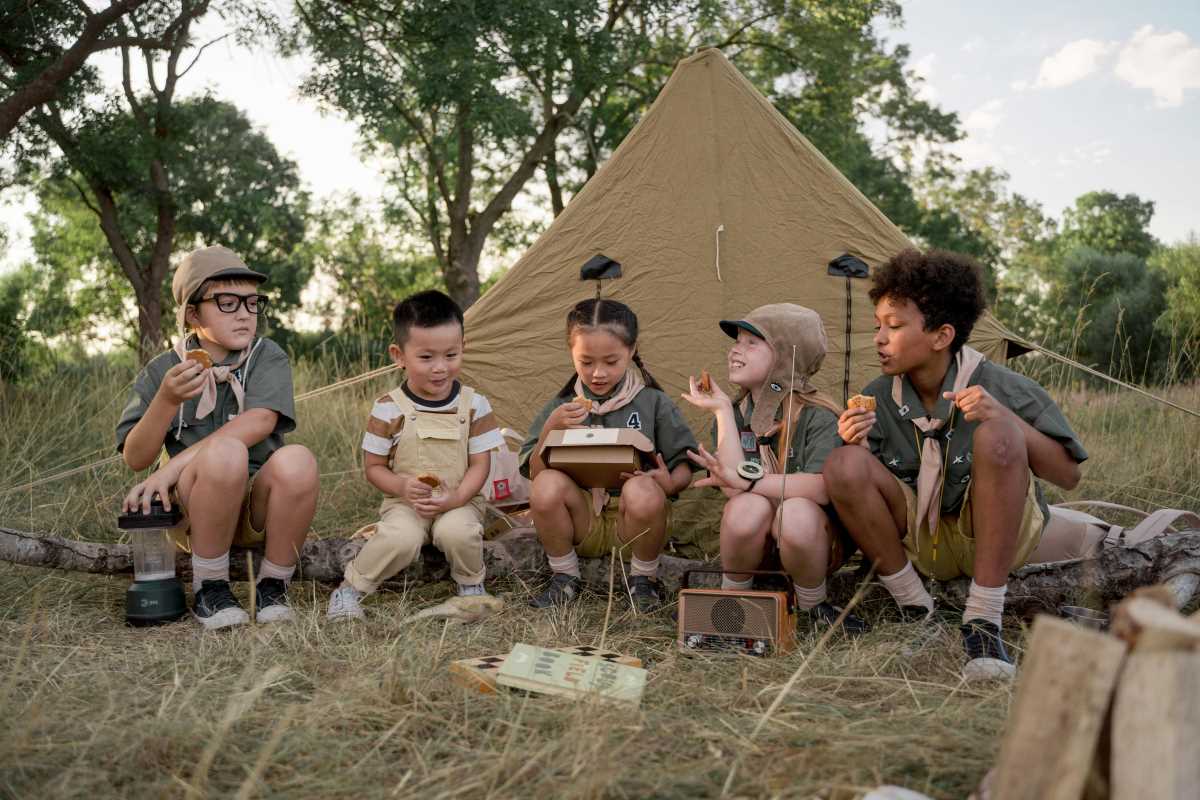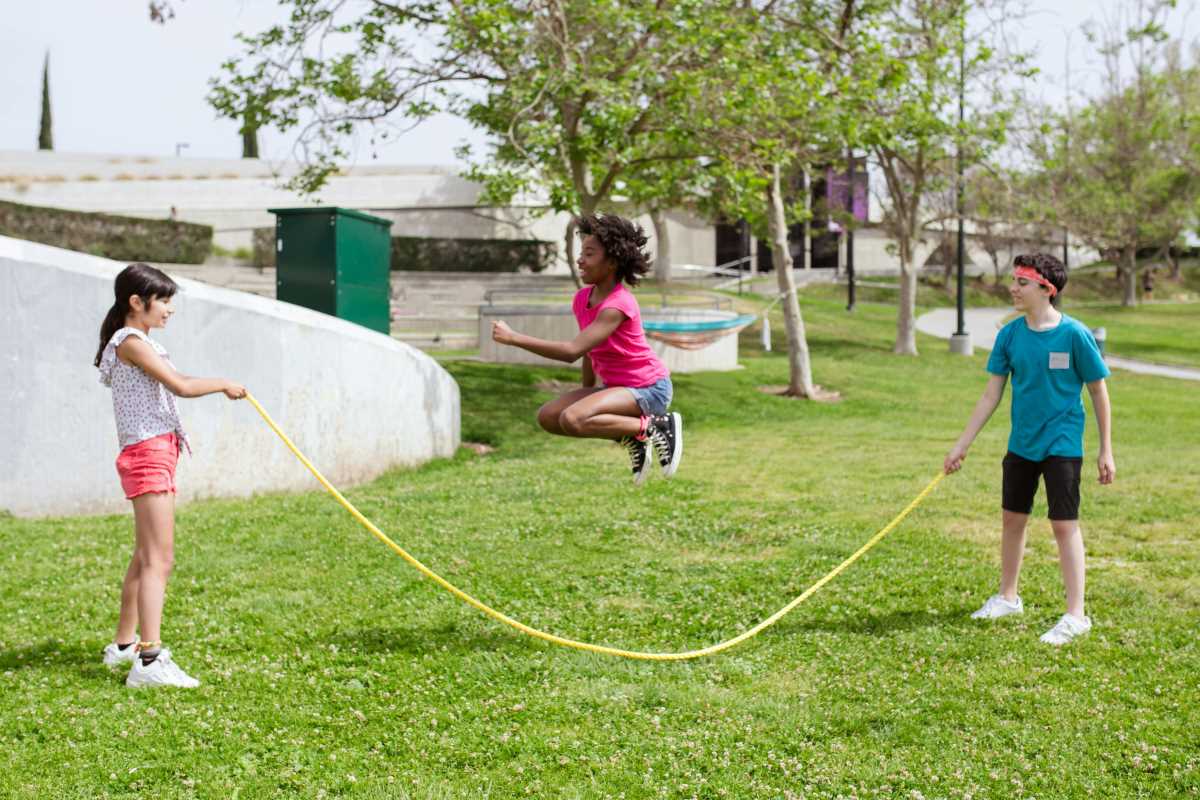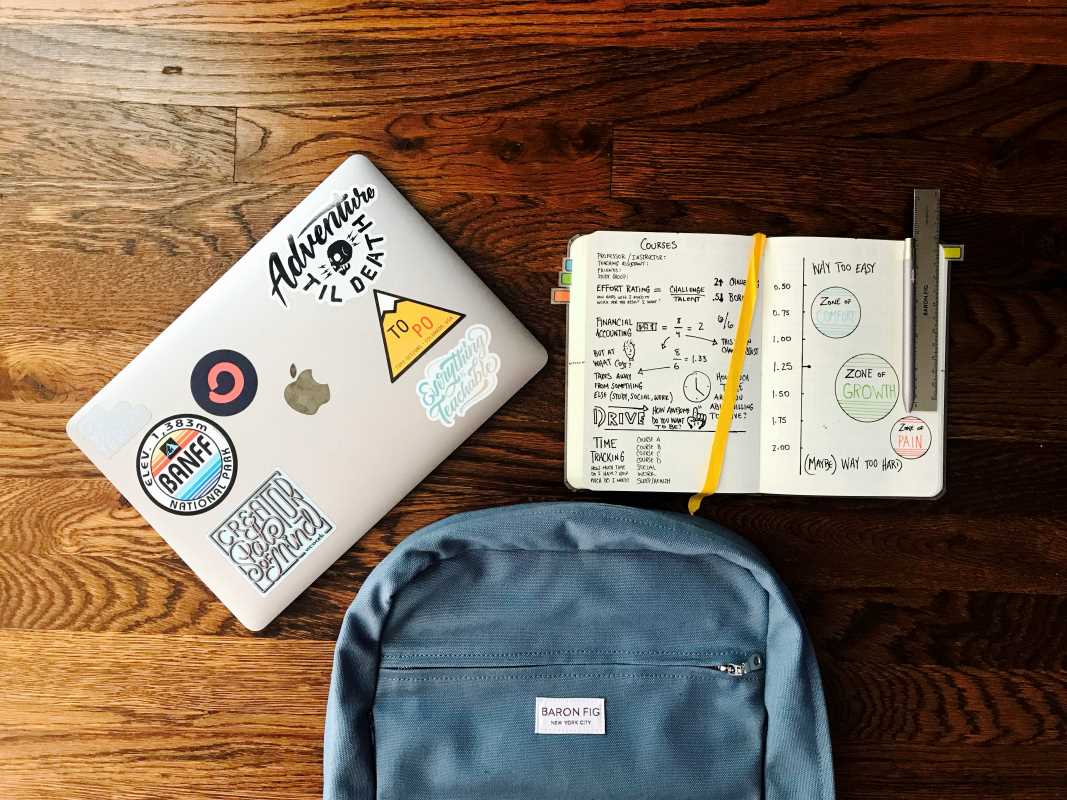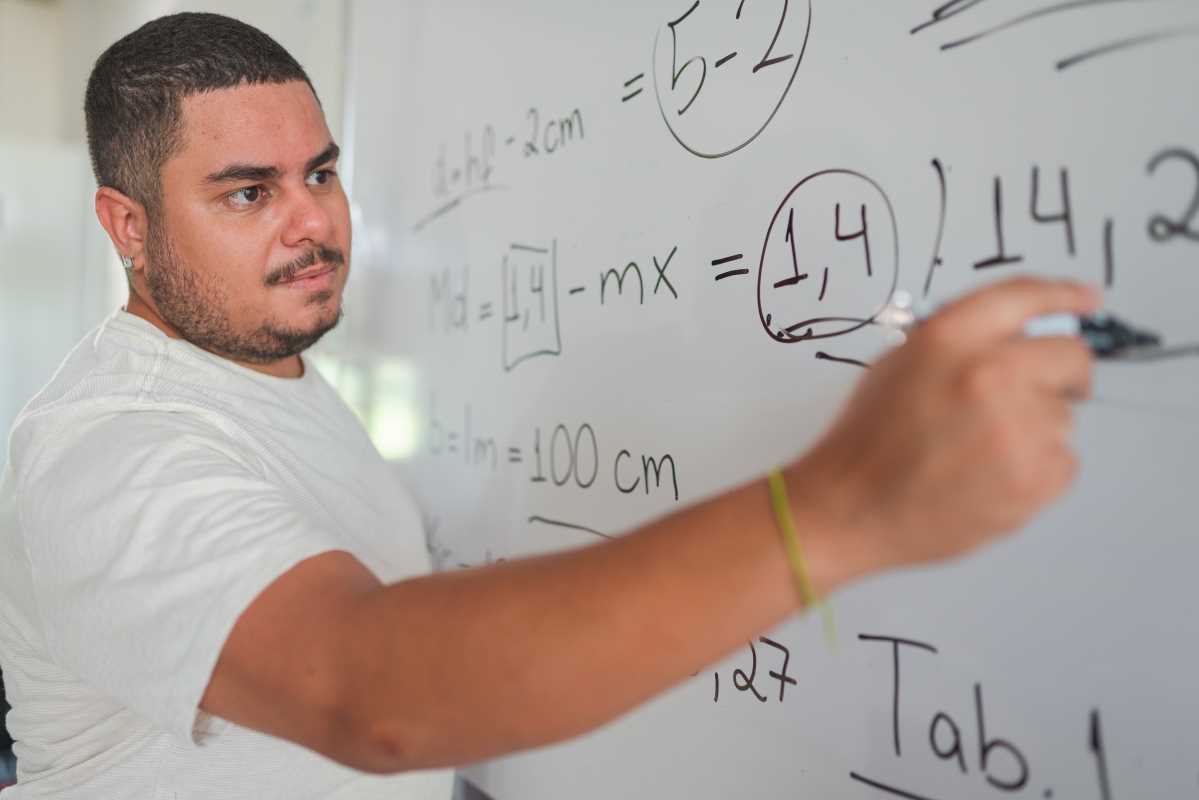Keeping preschoolers engaged and learning at home can be an enjoyable and deeply rewarding endeavor. With a little imagination, you can transform everyday moments into creative opportunities that encourage curiosity, build new skills, and foster your child’s natural love for exploration and learning. From sensory play to hands-on science experiments, there’s an endless array of activities you can try, and the best part is that you don’t need complicated supplies to make the magic happen. Here, we’ll explore a comprehensive guide of activities along with practical tips to help your preschooler thrive.
Sensory Discovery Play
Children learn so much through their senses. Activities that engage their touch, hearing, sight, and even taste are not only highly engaging but also crucial for their development.
Finger Painting with a Twist
Finger painting is a classic favorite, but you can experiment a little to make it even more exciting:
- Materials: Start with washable paints, large sheets of paper, and extras like salt, sand, or shaving cream for new textures.
- Extended Play: Encourage your child to mix colors and determine the results of blending them (“What happens when you mix blue and yellow together?”).
- Learning Opportunities: Talk about how the paint feels and looks, introduce descriptive words ("slippery," "gritty"), and practice naming shapes and colors as your child paints.
DIY Sensory Bins
Sensory bins are an endless source of fun and versatility:
- How-To: Fill bins or large containers with everyday materials like colored rice, dry beans, pasta, pom-poms, or even kinetic sand. For an eco-friendly option, use fabric scraps or similar reusable items.
- Add a Challenge: Hide small toys, plastic letters, or shapes in the bin for your child to find. Once they find an object, ask them to describe it or match it with similar items.
- Themes: Switch it up by creating seasonal sensory bins, such as a winter wonderland with cotton balls and snowflake cutouts, or an ocean scene with blue rice and tiny seashells. Themes help introduce new vocabularies like “cozy,” “breezy,” or “smooth.”
Ice Exploration
A great summer activity, ice play captivates preschoolers while sneaking in some science fun:
- Freeze small toys or objects inside large ice cubes or bowls of ice.
- Provide tools like spoons, measuring cups, or droppers filled with warm water.
- Encourage your child to free the frozen objects while observing how the ice melts. Use playful questions like, “What happens when you add warm water?”
Storytelling Adventures
Storytime goes beyond reading books aloud. With a little effort, you can make storytelling interactive and encourage imaginative thinking.
Homemade Puppet Theater
Transforming stories into performances can ignite their love for storytelling in exciting ways:
- Create Together: Use socks, paper bags, or felt to make simple puppets. Add googly eyes, yarn, and markers for decoration.
- Performances: Put on a family show using a favorite nursery rhyme or short story. Practice expressing emotions like surprise, joy, or sadness through the puppets and voices.
- Literacy Tie-ins: After the show, encourage your child to write or draw their own story for the next “production.”
Story Stones
Story stones make for a wonderful activity that combines art and storytelling:
- Paint illustrations, characters, or scenes onto smooth stones. Include trees, animals, or even words for variety.
- Draw or pick three to five stones at random and challenge your child to weave them into a story. For example, a stone with a tree, a rabbit, and a crown could lead to a tale about a forest animal becoming royalty!
- Inviting your child to identify letters, words, or objects on the stones can also strengthen early literacy skills.
Create a Story Map
After reading a favorite book, draw a "map" of the character's adventure. For instance, describe how Jack climbed the beanstalk and map out the locations he visited. This reinforces listening comprehension and narrative structure.
Science Fun at Home
Preschoolers are natural scientists, constantly asking "why?" and removing the lids of things to see what happens next. Use that curiosity to introduce simple science experiments.
Sink or Float Games
You don’t need fancy equipment to learn basic physics:
- Fill a clear bowl or sink with water.
- Provide a variety of household items like spoons, plastic toys, or even fruits.
- Ask your child to guess whether each object will sink or float. Extend the play by encouraging them to sort the objects by size or type after testing.
Grow Your Own Seeds
Gardening supplies are optional; you can teach biology with what you already have in the kitchen:
- Place a damp paper towel inside a plastic zip bag with a few beans (like lima beans).
- Tape it to a sunny window and watch the magic unfold in days! Chart the changes with drawings or photos.
- To take this further, discuss what plants need to grow (water, sunlight). Test these ideas by sprouting some seeds in the dark or with less water and observing the difference.
Math in the Kitchen
The kitchen is one of the best classrooms. Everyday tasks like preparing food offer wonderful math and problem-solving lessons.
Counting Snacks
Use your child’s snacks to turn mealtime into a math break:
- Sort crackers, apple slices, or raisins into piles by size or color.
- Practice counting aloud as you separate snacks into groups. Compare numbers or introduce simple addition and subtraction by eating a snack (“We had five carrots, now there are three. How many did we eat?”).
- Add playfulness by forming the snacks into a pattern (e.g., apple-carrot-cracker-apple-carrot) for your child to complete.
Recipe Measuring
Cooking together introduces numbers, fractions, and measurements in an approachable way:
- Choose a recipe that’s simple, like pancakes or cookies.
- Hand them measuring cups to scoop out ingredients while naming measurements like “1/2 cup of flour.”
- Allow them to guess which scoops hold more or less, introducing concepts of big and small, many and few.
Movement and Music
Preschoolers need time to move and express themselves through physical activity. These activities combine exercise with creativity.
Dance Party
Dancing is a joyful and simple way to burn some energy:
- Play their favorite songs and dance freely together. Introduce the idea of "freeze dance," stopping the music and encouraging them to freeze in funny poses.
- Use scarves, ribbons, or even tissue paper to twirl as you dance. Build imagination by pretending to be butterflies, pirates, or astronauts moving through space.
DIY Instruments
Turn old materials into musical creations:
- Use empty containers with lids to create home-made drums or fill plastic bottles with rice to create shakers.
- Experiment with rhythm by clapping and playing along with a song. Point out concepts like loud vs. quiet or fast vs. slow.
Nature and Art
Nature provides countless materials for creativity. Step outside and bring the wonders of the outdoors indoors.
Outdoor Collage
A simple collection walk can turn into an art project:
- Gather leaves, twigs, flowers, and other natural items during a walk in the park or backyard.
- Use glue or tape to create detailed collages while discussing the colors and patterns of each object. For added fun, turn it into a story about where the items came from.
Shadow Tracing
Shadow play combines art and science in a fun way:
- Position a favorite toy in sunlight or under a flashlight to cast shadows on paper.
- Trace the silhouettes, then encourage your child to color them in or decorate them.
- To sneak in a science moment, explain how sunlight creates shadows by objects blocking the light.
More Tips for Engaging Preschoolers
Encouraging a preschooler’s learning at home doesn’t require a lot of effort, just a touch of mindfulness. Here are some quick tips to amplify your success:
- Follow Their Lead: Pay attention to what sparks their enthusiasm and structure activities around those ideas.
- Keep It Simple and Short: Since most preschoolers have a shorter attention span, introduce brief but varied tasks to sustain engagement.
- Ask Open-Ended Questions: Encourage deeper thinking by asking questions like, “Why do you think that happened?” or “What could we try next?”
- Celebrate Their Effort: Focus on effort and exploration rather than outcomes. Praise their creativity and curiosity as much as their results.
With these activities, you're not only helping your preschooler grow confidence and skills but also building memories that both of you will cherish. Whether you’re painting, singing, or gardening together, the key is to enjoy the process and treasure the time spent. Each moment is a step forward in their personalized learning adventure!
